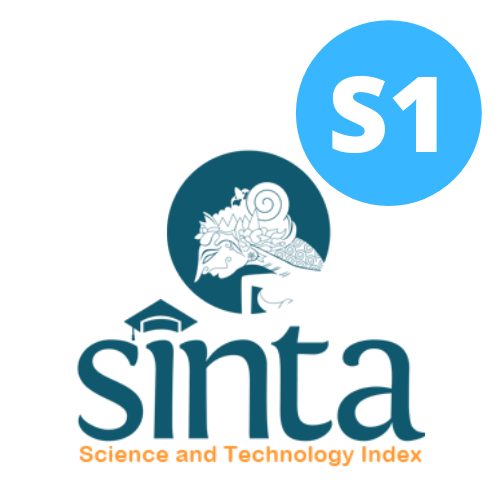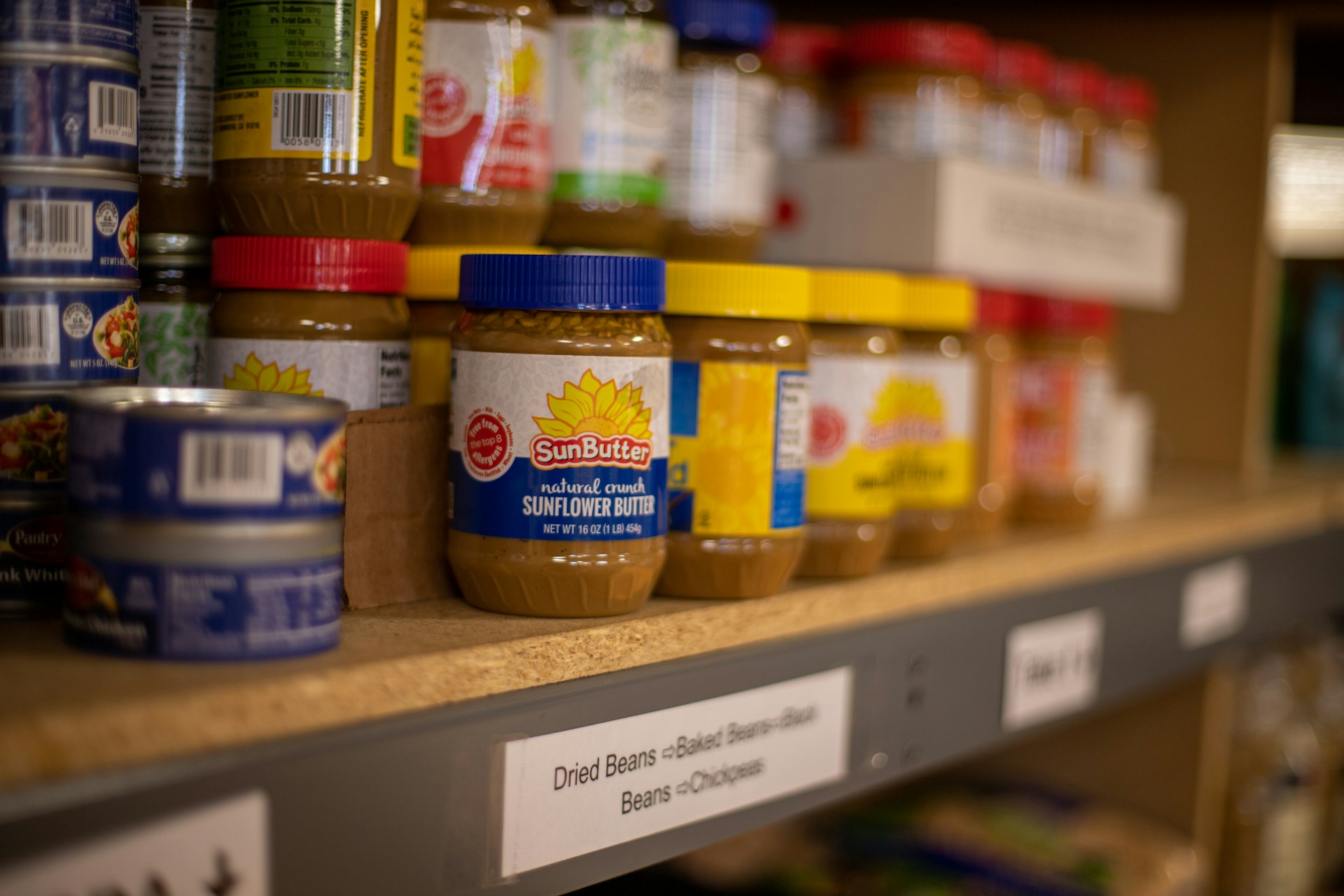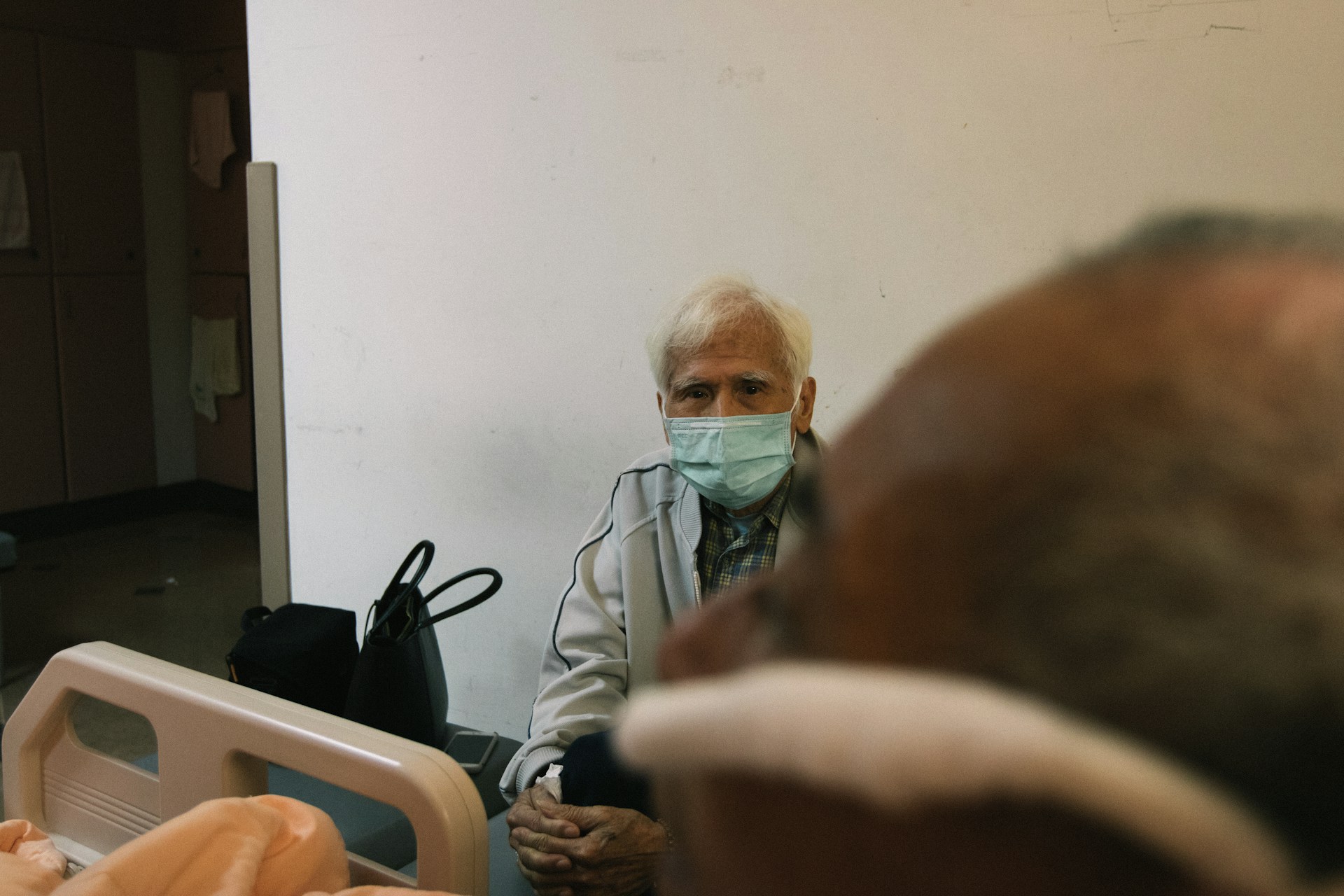The Effectiveness of Digital-Based Nutrition Education through Peer-group to Prevent Anemia among Adolescent
Efektivitas Edukasi Gizi Berbasis Digital Melalui Peer-group dalam Pencegahan Anemia pada Remaja Putri
Downloads
Background: Anemia among adolescents is a global health problem, including Indonesia. The prevalence of 32% made anemia a severe public health problem. Giving Blood-Boost Tablets becomes less effective when adolescents do not consume them regularly. Adolescents are easily exposed to digital-based communication through WhatsApp and video conferencing. The peer group communication method is considered effective as an innovative effort to reduce anemia among adolescents. However, its effectiveness through long-distance communication needs to be analyzed.
Objectives: This study aims to identify the effectiveness of digital-based peer-group nutrition education through Whatsapp groups and video conferencing on the knowledge, attitudes, and compliance to Fe consumption among adolescent girls.
Methods: This is quasi-experimental study with non-randomized pre-test and post-test control group design in 2 SMP Arjawinangun District, Cirebon involving 70 respondents (treatment n=35, control n=35). Data collection was through observation, interviews, and questionnaires. Statistical analysis used the Chi-Square Test and Wilcoxon Test. Peer educators receive training for 4 weeks from authors online, then education on anemia nutrition and blood-boosting tablets through peer groups for 3 weeks in the WhatsApp group and fe supplementation.
Results: The results showed a difference in adolescent knowledge (p = 0,001; mean value: 21,7) and compliance with blood-boosting tablet consumption (p = 0,008; mean value: 0,2) among the intervention group. However, there is no difference between the control and intervention groups on knowledge (p=0.127), attitudes (constant variance value), and compliance (p=0.306).
Conclusions: Education through peer groups could be more effective to prevent adolescent anemia when conducted for more than 1 month.
Abu-baker, N. N., Eyadat A. M. & Khamaiseh, A. M. The Impact of Nutrition Education on Knowledge , Attitude , and Practice Regarding Iron Deficiency Anemia Among Female Adolescent Students in Jordan. Heliyon. 7:1-7 (2021)
Kementerian Kesehatan Republik IndonesiaI. Riset Kesehatan Dasar. (2018).
Dinas Kesehatan Jawa Barat. Profile Kesehatan Evaluasi Program Gizi 2021. (2022).
World Health Organization. Nutritional Anaemias : Tools for Effective Prevention and Control. (2017).
Singh, M., Honnakamble, R. A. & Rajaora, O. P. Knowledge, Attitude and Practice Change about Anemia after Intensive Health Education among Adolescent School Girls of Delhi: An Intervention Study. International Journal of Medicine and Public Health. 9(3):71-73 (2019).
Yusoff, H., Daud, W. N. W. & Ahmad, Z. Nutrition Education and Knowledge , Attitude and Hemoglobin Status of Malaysian Adolescents. Southeast Asian Journal Tropical Medical Public Health. 43(1):192-200 (2012).
Cynara, A. C., Pamungkasari, E. P.. & Murti, B. The Effects of Iron Tablet Program, Intrapersonal, and Social Factors on Nutrition Intake to Prevent Anemia in Female Adolescents in Yogyakarta. [Abstrak]. Di dalam: The 7th International Conference on Public Health; 18-19 November 2020; Solo; 2020. p 172. (2020)
Jalambo, M., Karim, N., Naser, I., & Sharif, R. Effect of Iron Supplementation and Nutrition Education on Haemoglobin, Ferritin and Oxidative Stress in Iron Deficient Female Adolescents in Palestine : Randomized Control Trial. PubMed East Mediterr Journal. 24(6): 560-568 (2018).
Indrawatiningsih, Y., Hamid, S. T. A., Sari, E. P., & Listiono, H. Faktor-Faktor yang Mempengaruhi Terjadinya Anemia pada Remaja Putri. Jurnal Ilmiah Universitas Batanghari Jambi. 21(1):331-337 (2021)
Parliani, L. Hubungan Asupan Gizi, Pengetahuan dan Sosial Ekonomi Terhadap Kejadian Anemia Metode Flowcytometry Pada Remaja Putri Di SMP YWKA II Rawamangun Jakarta Timur. (STIKES Binawan, 2018)
Ghasemi, V., Simbar, M., Fakari, F. R., Naz, M. S. G. & Kiani, Z. The Effect of Peer Education on Health Promotion of Iranian Adolescents : A Systematic Review. International Journal of Pediartics 7(63):9139–9157 (2019).
Permanasari, I., Mianna, R., Wati, Y. S. The Effect of Peer Education on Anemia Prevention Behavior Among Adolescence Girls At Senior High School 05 of Pekanbaru. Jurnal Endurance : Kajian Ilmiah Problema Kesehatan. 6(1):59-69 (2021).
Kristianti, S dan Novitasari, R. Peer Group Model dalam Edukasi Kespro Remaja, Deteksi, dan Mencegah Anemia di SMP 4 Kota Kediri. Prosiding Seminar Nasional Hasil Penelitian dan Pengabdian Masyarakat Seri Ke-3 Tahun 2019, Mojokerto. 83-87. (2019)
Shankar, P., Siever, D. & Sharman, R. Evaluating the impact of a school-based youth-led health education program for adolescent females in mumbai, India. Annals of Global Health, 86(1):1–9 (2020).
Nadimin. Education by Peer to Improve Knowledge About Anemia in Female Student. Health Notions Publisher : Humanistic Network for Science and Technology Health Notions. 2(4):487–489 (2018).
Klar, S., & Leeper, T.J. Identities and Intersectionality: A Case for Pusposive Sampling in Survey-Experimental Research. (In Experimental Methods in Survey Research, 2019)
Putri, R. D., Simanjuntak, B. Y. & Kusdalinah. Pengetahuan Gizi, Pola Makan, dan Kepatuhan Konsumsi Tablet Tambah Darah dengan Kejadian Anemia Remaja Putri. Jurnal Kesehatan. 8(3): 404 (2017).
Surjantini, R dan Saragih, H. Pengaruh Pendidikan Teman Sebaya (Peer Education) Terhadap Perilaku Remaja Putri yang Menderita Anemia di Madrasah Stanawiyah Islamiyah Jl.Suluh 71 Kota Medan Tahun 2018. Jurnal Ilmiah PANNMED (Pharmacist, Analyst, Nurse, Nutrition, Midwivery, Environment, Dentist). 13(2): 134–139 (2019).
Copyright (c) 2022 Amerta Nutrition

This work is licensed under a Creative Commons Attribution-ShareAlike 4.0 International License.
AMERTA NUTR by Unair is licensed under a Creative Commons Attribution-ShareAlike 4.0 International License.
1. The journal allows the author to hold the copyright of the article without restrictions.
2. The journal allows the author(s) to retain publishing rights without restrictions
3. The legal formal aspect of journal publication accessibility refers to Creative Commons Attribution Share-Alike (CC BY-SA).
4. The Creative Commons Attribution Share-Alike (CC BY-SA) license allows re-distribution and re-use of a licensed work on the conditions that the creator is appropriately credited and that any derivative work is made available under "the same, similar or a compatible license”. Other than the conditions mentioned above, the editorial board is not responsible for copyright violation.












































